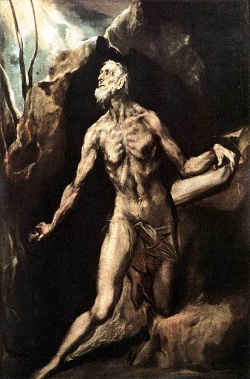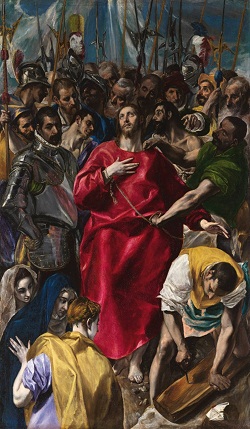Basic
Info
Title:
The Piano
Genre:
Drama, Music, Romance
Country:
New Zealand, Australia, France
Language:
English
Running
time: 117 minutes
Release
date: 15 May 1993 (Cannes), 19 May 1993 (France),
5 August 1993 (Australia)
Staff
Director:
Jane Campion
Producer:
Jan Chapman
Written
by: Jane Campion
Music:
Michael Nyman
Cinematography:
Stuart Dryburgh
Edited
by: Veronika Jenet
Cast
Holly Hunter as Ada McGrath
Harvey Keitel as George Baines
Sam Neill as Alisdair Stewart
Anna Paquin as Flora McGrath
Kerry Walker as Aunt Morag
Genevieve Lemon as Nessie
Summary
"The Piano" is a 1993 drama film written and directed by Jane Campion, starring Holly Hunter, Harvey Keitel, Sam Neill, and Anna Paquin.
This film is based on the novel, The Story
of a New Zealand River, by Jane Mander. Set in the mid-19th century, the film
focuses on a psychologically mute Scottish woman who travels to a remote area
of New Zealand with her young daughter after her arranged marriage to a
frontiersman.
The film was highly acclaimed and a commercial success, and Hunter and Paquin received high praise for their performances. It won the Palme d'Or at the 1993 Cannes Film Festival and director Jane Campion became the first and only female director to ever receive the award. In addition, at the 1994 Academy Awards, it won three awards among eight total nominations.
At the time, Paquin was 11 years old and remains the
second youngest actor to win an Oscar in competitive category.
Movie
Review
“Amazing Film Making”
“A sensual and surprising
film”
“The music of the heart”
“An original and
extraordinary film”
Interesting
stories about the film
1. Holly Hunter learned to play the
piano when she was nine years old and played most of the piano sequences
herself in this film.
2. Holly Hunter won fourteen awards
among the fifteen nominations for her role in this film.
3. Nirvana's Kurt Cobain saw this
movie with a few friends one day before he committed suicide, so it is very
likely it’s the last movie he has seen during his life.
4. This film was included in the
"1001 Movies You Must See Before You Die", edited by Steven
Schneider.
5. The theme tune for the film is
called "The Heart Asks Pleasure First" on the soundtrack album.
Thank you.























































